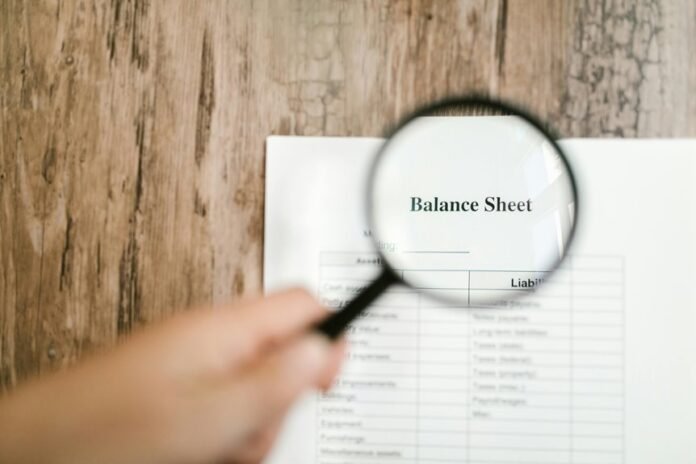The balance sheet serves as a critical financial statement, offering a detailed view of an organization’s assets, liabilities, and equity at a specific moment. Its components provide essential insights into fiscal health and operational efficiency. Stakeholders benefit from understanding these metrics, which can influence investment decisions and strategic planning. Exploring how to effectively analyze and utilize balance sheets can reveal deeper implications for organizational growth and risk management strategies.
Components of a Balance Sheet
The balance sheet serves as a crucial financial statement that provides a snapshot of an entity’s financial position at a specific point in time.
It comprises three primary components: assets, which represent resources owned; liabilities, signifying obligations owed; and equity calculations, reflecting the residual interest of owners.
Together, these elements offer insight into the organization’s financial health and stability.
Importance of Balance Sheets in Financial Analysis
Understanding the significance of balance sheets in financial analysis is essential for stakeholders aiming to evaluate an organization’s fiscal health.
These documents provide critical insights into financial stability, allowing for effective asset management. By examining the relationship between assets, liabilities, and equity, stakeholders can assess risks, gauge operational efficiency, and make informed decisions that promote sustainable growth and fiscal responsibility.
How to Use Balance Sheets for Strategic Decision Making
Employing balance sheets as a foundational tool in strategic decision-making enables organizations to align their financial resources with long-term objectives.
By utilizing balance sheets for financial forecasting, companies can anticipate future financial conditions and make informed investment analysis.
This approach aids in identifying growth opportunities and risks, ultimately facilitating strategic initiatives that enhance operational efficiency and ensure sustainable development.
Conclusion
In conclusion, balance sheets are vital tools for assessing an organization’s financial health and strategic positioning. They not only reveal the equilibrium between assets and liabilities but also highlight potential growth avenues. Interestingly, research indicates that companies with well-structured balance sheets are 30% more likely to attract investment than those with less clear financial reporting. This underscores the importance of balance sheets in fostering stakeholder confidence and facilitating informed decision-making for sustainable organizational growth.

